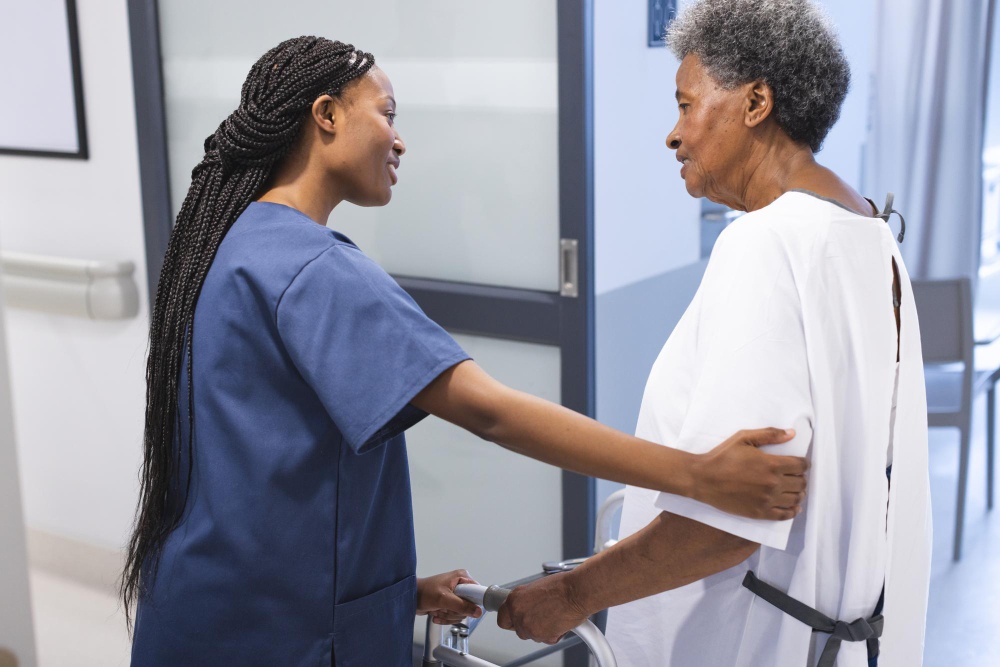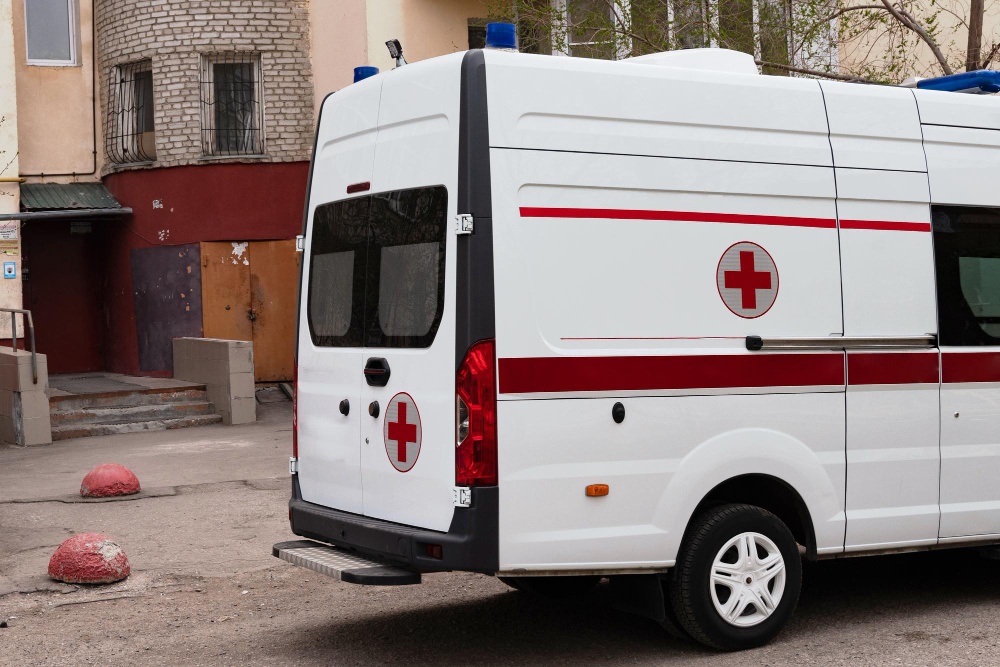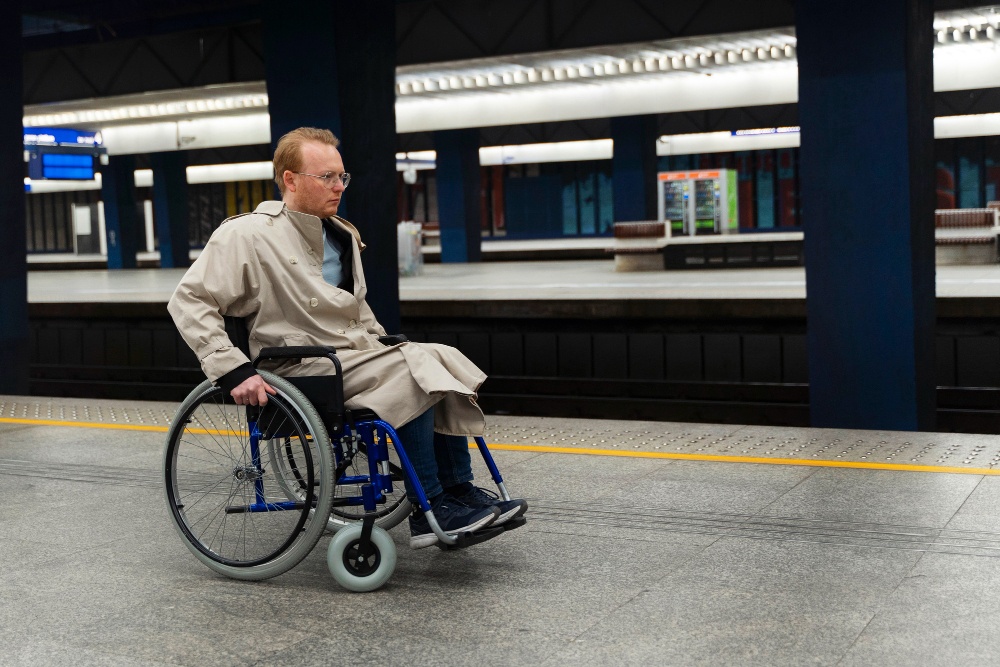Best Practices for Safe Hospital Transfers
Hospital transfers are a critical aspect of patient care, requiring meticulous planning and executio...
Created by: Daniel Ogunsemowo /
Vetted by:
Otse Amorighoye

Hospital transfers are a critical aspect of patient care, requiring meticulous planning and execution to ensure safety and comfort. Whether transferring a patient between departments within the same facility or to a different hospital, the process involves several challenges that healthcare providers must navigate effectively. This article provides an in-depth look at the best practices for ensuring that hospital transfers are conducted safely and comfortably, enhancing the patient experience and improving outcomes.
Key Aspects of Hospital Transfers
1. Safety Considerations
Safety is paramount during any patient transfer. It involves preventing accidents, avoiding procedural errors, and ensuring that the patient's health remains stable throughout the process. Common risks include mishandling during movement, equipment failure, and communication errors between the sending and receiving facilities. Mitigating these risks requires thorough planning, proper training, and the use of appropriate technology.
2. Comfort Measures
The comfort of the patient during a transfer is also crucial, particularly for those with chronic pain, severe injuries, or anxiety about the process. Comfort can be enhanced by managing pain effectively, ensuring a smooth ride during transportation, and maintaining a calming environment that respects the patient’s privacy and dignity.
Best Practices for Safe Hospital Transfers
1. Pre-Transfer Preparations
Comprehensive Medical Assessment: Before any transfer, a detailed assessment of the patient's current medical condition is essential. This assessment should include a review of the patient’s medical history, recent changes in their condition, and any potential risks associated with the transfer.
Coordination with Receiving Facility: Ensuring that the receiving facility is prepared to receive the patient is vital. This includes confirming bed availability, briefing the incoming medical team on the patient’s condition, and verifying that necessary medical equipment and care are ready upon arrival.
2. Appropriate Use of Equipment
Equipment Check: All equipment used in the transfer, such as stretchers, wheelchairs, and portable medical devices, must be in optimal working condition. Regular maintenance checks are crucial to prevent equipment failure during the transfer.
Transportation Type: Selecting the appropriate mode of transport is based on the patient’s medical needs. For example, patients in critical condition may require an ambulance with life-support equipment, whereas those in stable condition may be transferred in a non-emergency medical vehicle.
3. Training and Competency
Staff Training: Regular training programs for all personnel involved in patient transfers are essential. These should cover proper handling techniques, emergency procedures, and the use of transfer equipment.
Certification: Staff should also be certified in patient care protocols, especially those involving critical care transport, to ensure a high standard of care throughout the transfer process.
Best Practices for Comfortable Hospital Transfers
1. Pain Management
Pre-transfer Pain Assessment: Conducting a thorough pain assessment before initiating the transfer can help in managing pain more effectively. Adjustments to pain medication schedules may be necessary to cover the duration of the transfer.
Continuous Monitoring: Continuous monitoring of pain levels during the transfer allows for timely interventions, ensuring the patient remains comfortable throughout the process.
2. Patient Engagement and Communication
Informing the Patient: Keeping patients informed about what to expect during the transfer can alleviate anxiety and increase cooperation. Clear communication about the timing, the process, and who will be involved is essential.
Addressing Concerns: Allowing patients to express any concerns and preferences about the transfer process respects their autonomy and contributes to their comfort.
3. Environmental Considerations
Vehicle Environment: Ensuring that the transport vehicle is comfortable in terms of temperature, noise, and overall ambiance is crucial. Simple adjustments like adequate heating/cooling, vibration control, and privacy measures can significantly enhance comfort.
Privacy and Dignity: Throughout the transfer, maintaining the patient’s privacy and dignity should be a priority. This involves using appropriate coverings during movement and respecting the patient’s personal space.
Special Considerations for Different Patient Populations
1. Elderly Patients
Elderly patients often have specific needs due to age-related conditions such as arthritis, osteoporosis, or cognitive impairments. Tailoring transfer procedures to accommodate these conditions, such as using softer seating or providing additional support for frail patients, is necessary.
2. Patients with Disabilities
Patients with physical or mental disabilities may require custom equipment or additional personnel during transfers. Ensuring accessibility and compliance with legal standards for disability accommodation is crucial.
3. Critically Ill Patients
Transferring critically ill patients involves complex medical oversight and the use of advanced life-support systems. Coordination with specialized medical teams and the use of equipped ambulances or air transport are often required.
Role of Technology in Enhancing Safety and Comfort
Modern technology plays a significant role in improving the safety and comfort of hospital transfers. Advanced patient tracking systems, portable medical devices, and electronic health records ensure continuous care and real-time updates during transfers. Implementing these technologies can lead to more efficient and safer transfer processes.
Ensuring safety and comfort during hospital transfers is crucial for patient care quality and outcome. By adhering to best practices—from thorough preparations and the use of appropriate equipment to addressing the specific needs of different patient populations—healthcare providers can significantly enhance the transfer experience. Continuous training, leveraging technology, and prioritizing patient engagement are all essential components of successful hospital transfers.
Related Articles
Recent blog posts

Daniel Ogunsemowo
Nov 08, 2024
Medical Transportation
7 Things to Consider Before Booking NEMT for Dialysis Appointments
When it comes to dialysis treatment, transportation is essential. ...

Daniel Ogunsemowo
Nov 08, 2024
Medical Transportation
How NEMT Supports Post-Surgery Care
Post-surgery recovery often demands strict adherence to healthcare schedules for follow-up visits, p ...

Daniel Ogunsemowo
Nov 07, 2024
Medical Transportation
10 Illinois Medicaid Transportation Providers: Top Choices for NEMT Services
In Illinois, access to healthcare depends on the availability of reliable transportation for Medicai ...

Adeshola Bello
Nov 04, 2024
Medical Transportation
Essential Airport Transportation Tips for Disabled Travelers
Traveling can be an exciting adventure, but for disabled travelers, it often comes with unique chall ...

Daniel Ogunsemowo
Nov 04, 2024
Medical Transportation
Ensuring On-Time Medical Appointments for Chicago Patients with DreamCareRides
Every year, thousands of Chicago patients face the challenge of reaching their medical appointments ...

Daniel Ogunsemowo
Nov 04, 2024
Medical Transportation
10 Meaningful Ways to Spend Quality Time with Your Grandparents During Christmas
The holiday season is the perfect time to create lasting memories with your loved ones, especially g ...